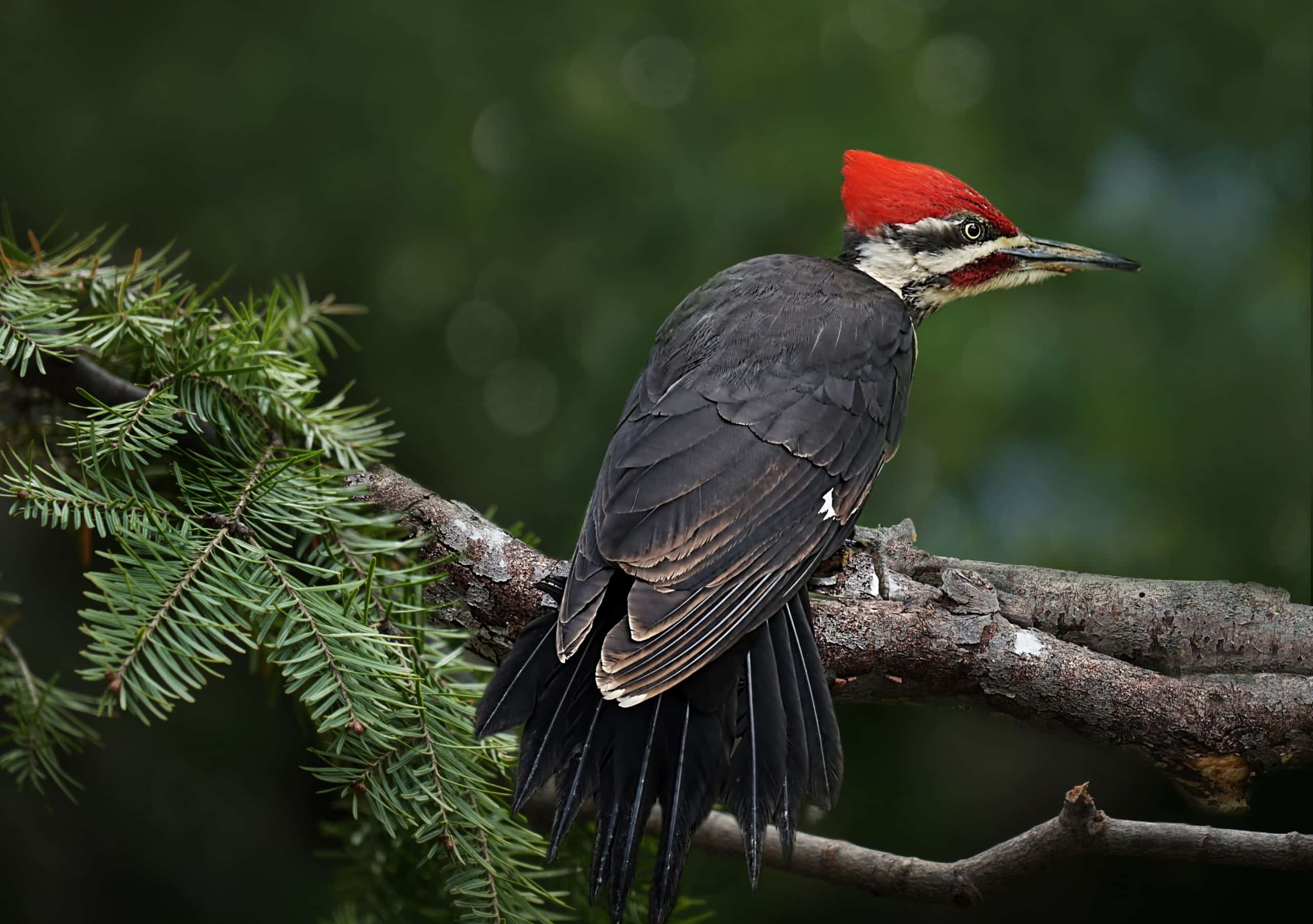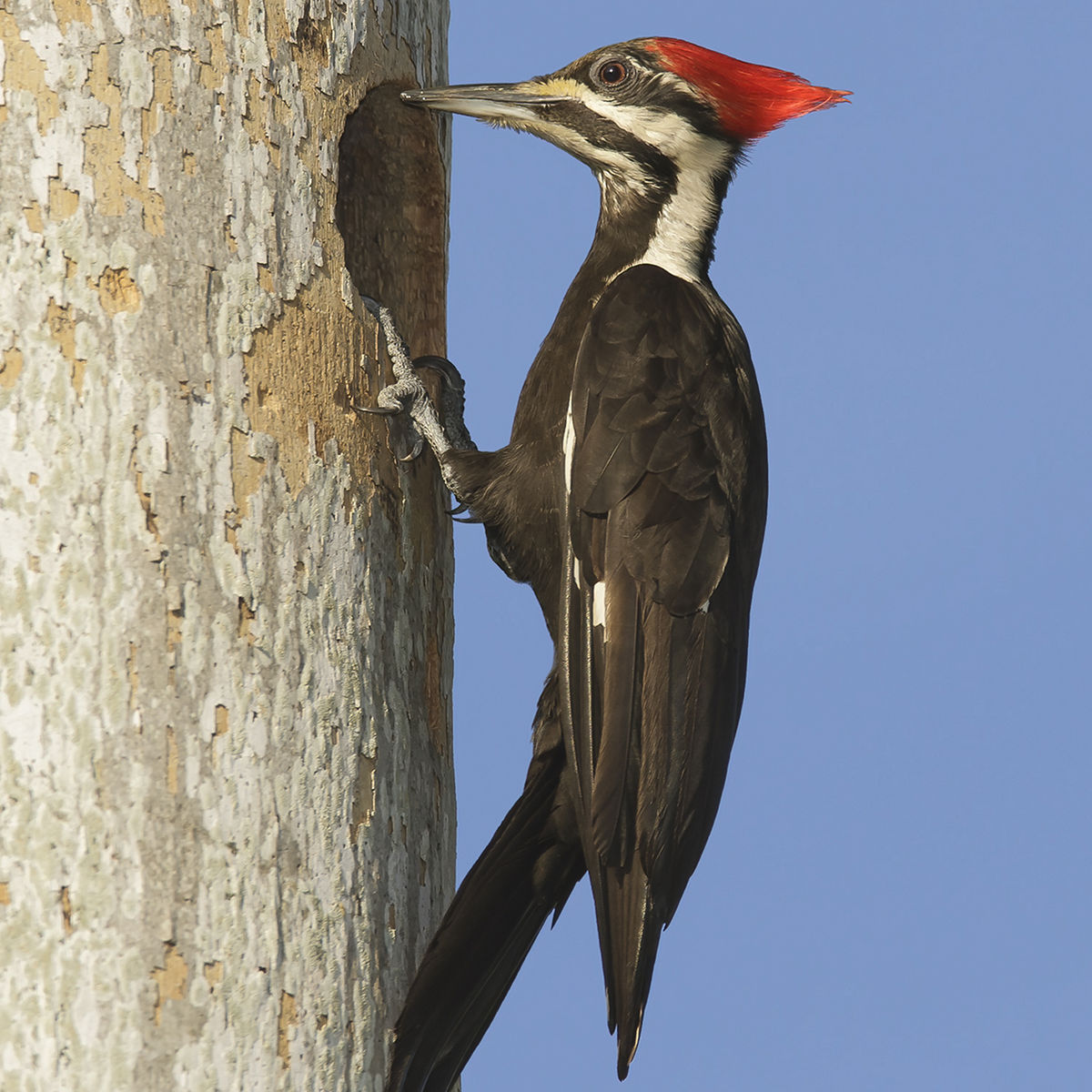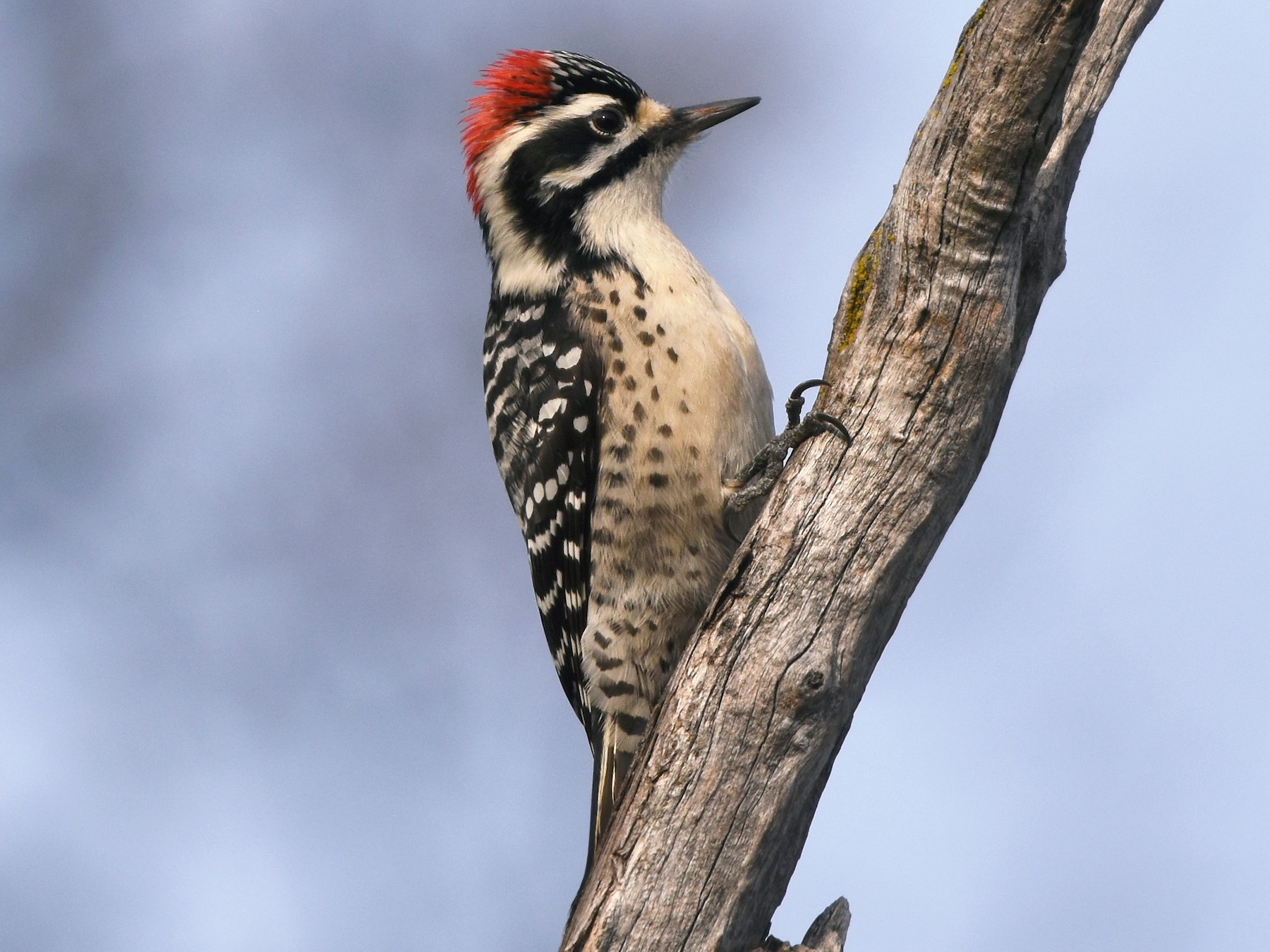Observing Woodpeckers in Florida: Species Variety and Distribution
Observing Woodpeckers in Florida: Species Variety and Distribution
Blog Article
Woodpeckers Unleashed: Discovering the Marvels of These Competent Tree Climbers
Woodpeckers, with their unique markings and balanced drumming echoing with wooded locations, hold a special location in the avian globe - Woodpeckers in Florida. As we dive right into the detailed information of woodpeckers' nesting routines, feeding methods, and the ongoing preservation initiatives to protect these amazing birds, a deeper gratitude for their area in nature unfolds.
Anatomy and Adaptations
When analyzing the composition and adjustments of woodpeckers, one can observe amazing attributes that enable these birds to prosper in their specialized eco-friendly specific niche. In addition, woodpeckers have zygodactyl feet, with 2 toes facing ahead and 2 dealing with in reverse, giving a firm grasp on tree trunks while they look for food or drum for interaction.
In addition, woodpeckers have a distinct tongue structure that is long, barbed, and sticky, enabling them to extract insects from gaps in wood. This specific adjustment allows woodpeckers to make use of a food source that is hard to reach to several other bird species. In general, the composition and adjustments of woodpeckers display the impressive transformative remedies that have actually permitted these birds to flourish in their arboreal environment.
Drumming Habits
Having explored the makeup and adjustments of woodpeckers, the focus currently shifts to understanding their drumming habits, a distinct aspect of their interaction and territorial display screens. Drumming is a vital form of interaction among woodpeckers, offering numerous functions such as establishing areas, bring in companions, and signaling alarm system. Each woodpecker types has an one-of-a-kind drumming pattern that aids individuals recognize members of their own species and identify them from rivals or predators.
Woodpeckers generate drumming noises by swiftly pecking on resonant surface areas such as dead trees, energy poles, and even metal items, producing a series of balanced beats. The strength and speed of drumming can vary based upon the purpose; for example, a fast drumming series may signify aggression in the direction of burglars, while a slower and softer drumming pattern might indicate courtship (Woodpeckers in Florida). Furthermore, woodpeckers might readjust the frequency and duration of their drumming to communicate certain messages properly
Nesting Practices
Exploring the nesting behaviors of woodpeckers reveals interesting understandings right into their reproductive behaviors and environment selections. Woodpeckers are recognized for their distinct nesting preferences, commonly digging deep into dental caries in trees to develop sheltered spaces for elevating their young. These dental caries offer not only as a nesting site but also as a protected refuge from killers and inclement weather condition.
Woodpeckers show a high degree of fidelity to their nesting sites, often returning to the very same location every year. This behavior highlights the significance of appropriate habitat accessibility for their reproductive success. The selection of a nesting website is important for woodpeckers, with aspects such as tree varieties, elevation, and degeneration stage playing substantial functions in their decision-making procedure.
Remarkably, some woodpecker varieties are recognized to excavate multiple tooth cavities within their area, giving themselves with alternative nesting choices. This method might act as a form of insurance coverage versus prospective threats or disruptions to their main nesting website.

Feeding Techniques
One of the most distinctive feeding habits of woodpeckers is drumming, which involves quick pecking on trees to discover pests under the bark. Woodpeckers are also known to excavate cavities in trees to gain access to covert insect larvae or sap. Some varieties, like click for source the acorn woodpecker, shop nuts in specifically produced openings called granaries.
Preservation Initiatives
Among the detailed feeding techniques showed by woodpeckers, the conservation initiatives aimed at securing these interesting birds play a critical function in maintaining their environments and populaces. Woodpeckers encounter various dangers to their survival, including environment loss because of logging, climate modification altering their ecosystems, and collisions with manufactured structures such as structures and vehicles - Woodpeckers in Florida. Guardians are actively functioning to attend to these obstacles and guarantee the long-lasting well-being of woodpecker species

Education and public understanding projects are likewise essential components of woodpecker preservation initiatives. By increasing awareness concerning the significance of these birds in maintaining healthy and balanced woodland communities, conservationists can garner assistance for environment preservation initiatives and advertise accountable land monitoring practices. Via collective initiatives between researchers, policymakers, and local neighborhoods, we can work together to safeguard a future where woodpeckers flourish in their natural habitats.
Verdict

Report this page